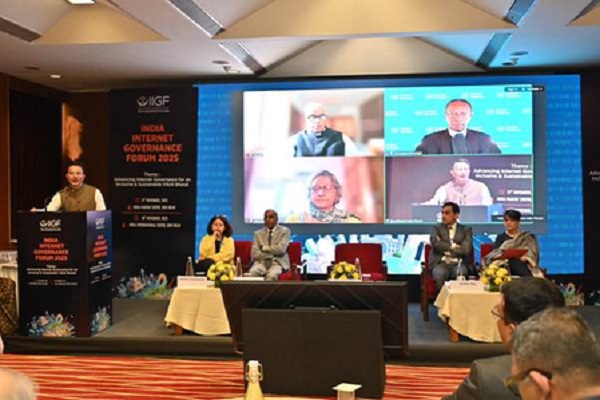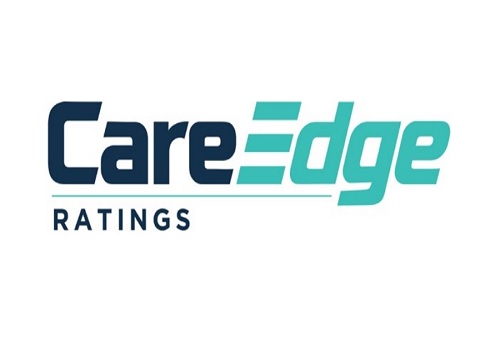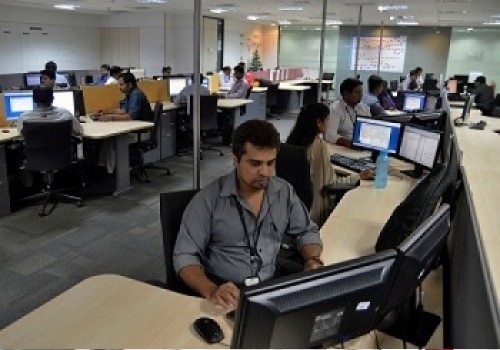PLF of Indian coal-based power plants to improve over 300 bps to 62% in FY23: CRISIL

CRISIL Ratings in its latest report has said that the plant load factor (PLF) of Indian coal-based power plants will improve over 300 basis points (bps) to 62% this fiscal (FY23) - the highest in the past five fiscals - fuelled by strong demand growth and limited capacity addition in the sector. It said this will help improve the credit risk profiles of one-third (25 GW) capacities of private generating companies (gencos) the most, with their operating profit expected to touch a five-year peak.
According to the report, annual power demand recovered sharply last fiscal, rising 8.2% on-year, tracking the 8.7% growth in gross domestic product (GDP) as the pandemic impact eased. This fiscal, with GDP growth expected at 7.3%, power demand is likely to rise over 6%2 on-year given the high correlation3 between GDP growth and power demand growth. However, capacity addition remains low compared with demand growth. Coal gencos added just 2% capacity4 annually in the past five years vis-a-vis annualised demand growth of 3.4% and may add 3.5% (7 GW) this fiscal against demand growth of over 6%.
The report further said one-third of total private coal gencos7 are likely to benefit the most, given that more than 40% of available untied capacity is ready to cater to the rising demand either through sale on exchanges or through power purchase agreements (PPAs) on a bilateral basis. Their proximity to coal belts will ensure steady fuel availability, an issue that plagues most private coal gencos. Also, their variable cost of power generation, at less than Rs 3 per unit, is significantly lower compared with other private coal-based gencos, which will cushion their operating margins.






.jpg)













